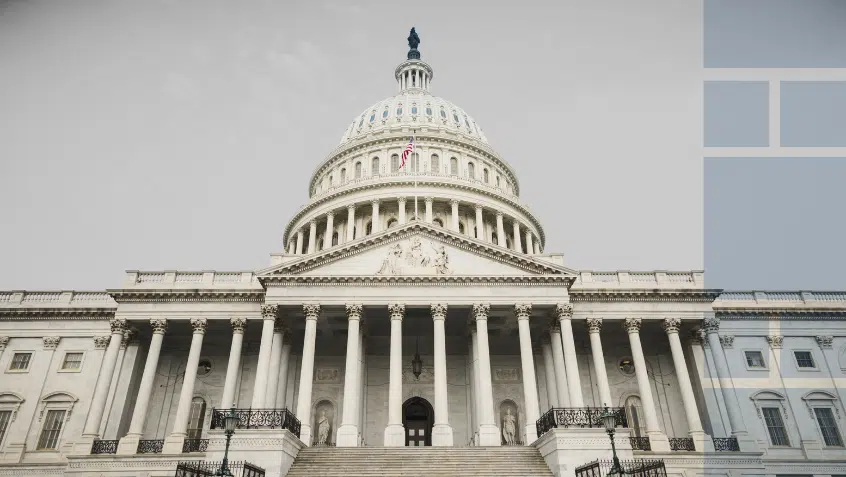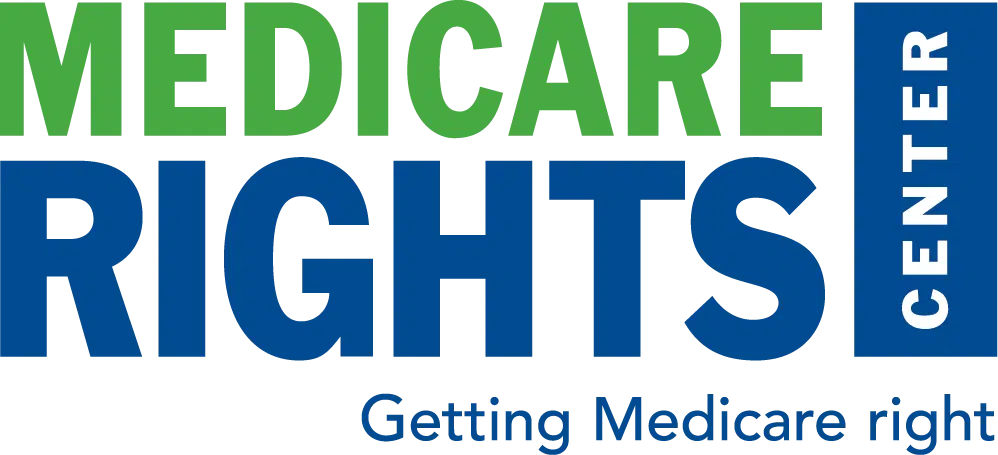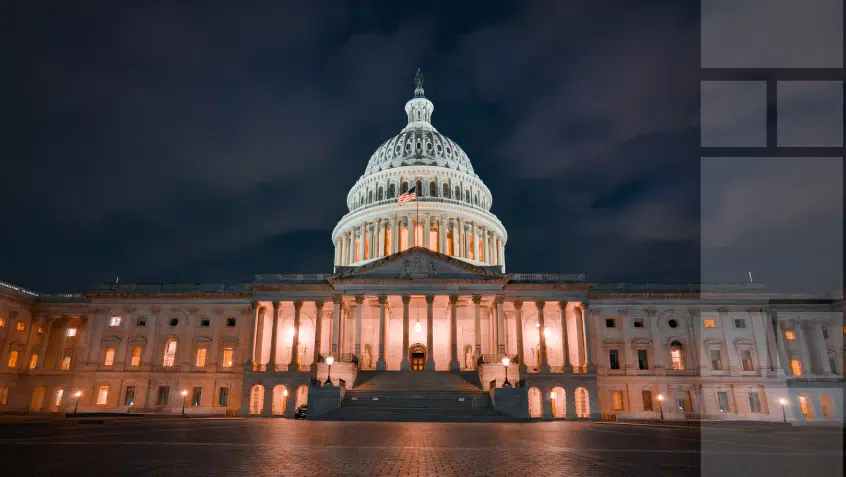Take Action: Tell your senators to reject harmful cuts to health care!
Federal Government Shuts Down Over Health Care Subsidies

The federal government is currently in a shutdown triggered by a lack of bipartisan agreement on government funding and access to health care coverage.
Congressional Democrats have pledged not to vote on a budget extension and end the government shutdown unless Congress extends subsidies for Affordable Care Act Marketplace plans.
Fall Open Enrollment Creating Urgency
Many Republicans in Congress argue that there is plenty of time before the end of the year to extend the subsidies, if they should be extended at all. But Marketplace open enrollment begins November 1. This gives little time for Congress to clarify what subsidies will be available before people begin shopping for coverage. People who shop for plans before the decisions are made could leave without enrolling and it may be hard to reach them later once the prices are updated.
Spikes in Marketplace Plan Costs Expected Unless Congress Acts
Earlier this fall, KFF outlined the dramatic increases in premiums that are expected to result if the subsidies expire. They found that “expiration of the enhanced premium tax credits is estimated to more than double what subsidized enrollees currently pay annually for premiums—a 114% increase from an average of $888 in 2025 to $1,904 in 2026.” This increase is even higher than previously estimated because of rising 2026 premiums and separate changes by the administration to the way tax credits are calculated.
“…expiration of the enhanced premium tax credits is estimated to more than double what subsidized enrollees currently pay annually for premiums…”
-KFF
A family of four earning 75,000, for example, would pay $2,498 for coverage if the enhanced subsidy was extended but will pay $5,865—$3,367 dollars more—when they expire. KFF found that premium increases will impact enrollees across the income spectrum: “On average, a 60-year-old couple making $85,000 (or 402% FPL) would see yearly premium payments rise by over $22,600 in 2026, after accounting for an annual premium increase of 18%. This would bring the cost of a benchmark plan to about a quarter of this couple’s annual income, up from 8.5%. Meanwhile, a 45-year-old earning $20,000 (or 128% FPL) in a non-expansion state would see their premium payments for a benchmark plan rise from $0 to $420 per year, on average, from the loss of enhanced premium tax credits.”
Other Contentious Health Care Issues
Some in the caucus have also called for the repeal of some of the Medicaid changes included in the 2025 budget reconciliation bill, HR 1, passed earlier this year. These include cuts in Medicaid payment and changes to eligibility rules.
Show Comments
We welcome thoughtful, respectful discussion on our website. To maintain a safe and constructive environment, comments that include profanity or violent, threatening language will be hidden. We may ban commentors who repeatedly cross these guidelines.
Help Us Protect & Strengthen Medicare.
Donate today and make a lasting impact.
The Latest
Most Read
Add Medicare to Your Inbox
Sign up to receive Medicare news, policy developments, and other useful updates from the Medicare Rights.
View this profile on InstagramMedicare Rights Center (@medicarerights) • Instagram photos and videos








